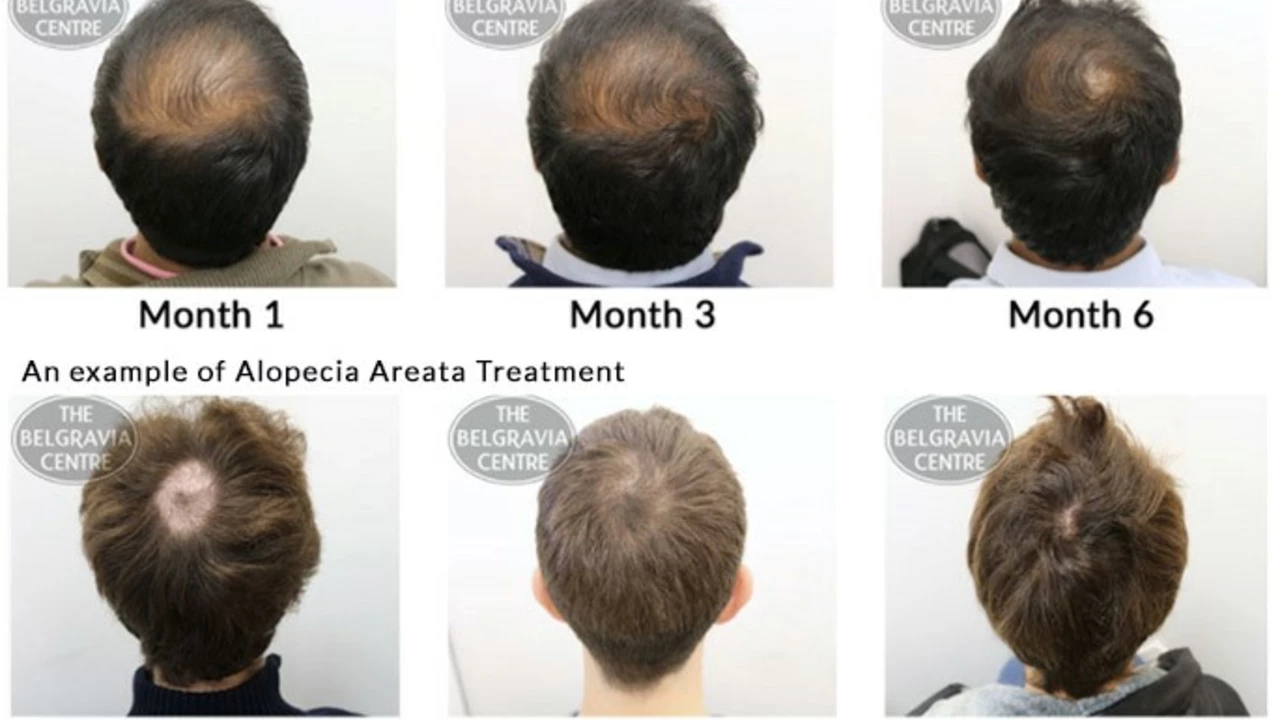Hair Loss: What to Do Now to Stop Thinning and Help Regrowth
Noticing more hair on your pillow or in the shower can feel alarming. Before panic sets in, there are clear steps you can take that often help. This page gives simple, practical actions you can try today and what to expect in the next months.
Quick checks and red flags
If shedding comes on suddenly or you lose clumps, see a doctor right away. Sudden loss can mean an underlying illness, medication side effect, or hormone issue. Ask your doctor to check basic labs like thyroid function, complete blood count, and iron status. If you have itchy patches, scaly skin, or sudden hairline changes, a dermatologist visit is a good next move.
For gradual thinning, note the pattern. Men often see a receding hairline and crown thinning. Women usually have widening part lines and overall thinning. Photos taken monthly help track true change versus normal fluctuation.
Practical things to try at home
1) Cut heat and tight styles. Frequent blow-drying, straightening, and tight ponytails pull on follicles. Use a wide-tooth comb and low heat. Let hair air-dry when you can.
2) Gentle washing and products. Use a mild shampoo and avoid heavy silicone buildup. Clarify once every 1–2 weeks if you use many styling products. Condition ends only to avoid weighing hair down at the scalp.
3) Nutrition and sleep. Aim for steady protein, enough calories, vitamin D, and a multivitamin if your diet is poor. Low iron or vitamin D can cause shedding—get tested before loading up on supplements.
4) Over-the-counter options. Topical minoxidil (foam or liquid) is proven to help many people regrow some hair. Use consistently; expect at least 3–6 months to see results. If you stop, gains usually reverse.
5) Prescription routes. Finasteride helps many men but needs a doctor’s prescription and has possible side effects. Women of childbearing age should not use it. Talk to your clinician about risks and monitoring.
6) Advanced treatments. PRP (platelet-rich plasma) injections, low-level laser devices, and hair transplant surgery can help in selected cases. Research outcomes, check credentials, and get realistic results before committing.
Expect patience. Hair growth is slow—new visible improvement usually takes months. Keep photos, be consistent with chosen treatments, and follow up with your provider if nothing changes after 6–9 months.
If you want, start a simple plan today: stop tight styles, switch to a gentle shampoo, book a blood test, and consider topical minoxidil after talking with a pharmacist or doctor. Small, steady steps often beat quick fixes.

